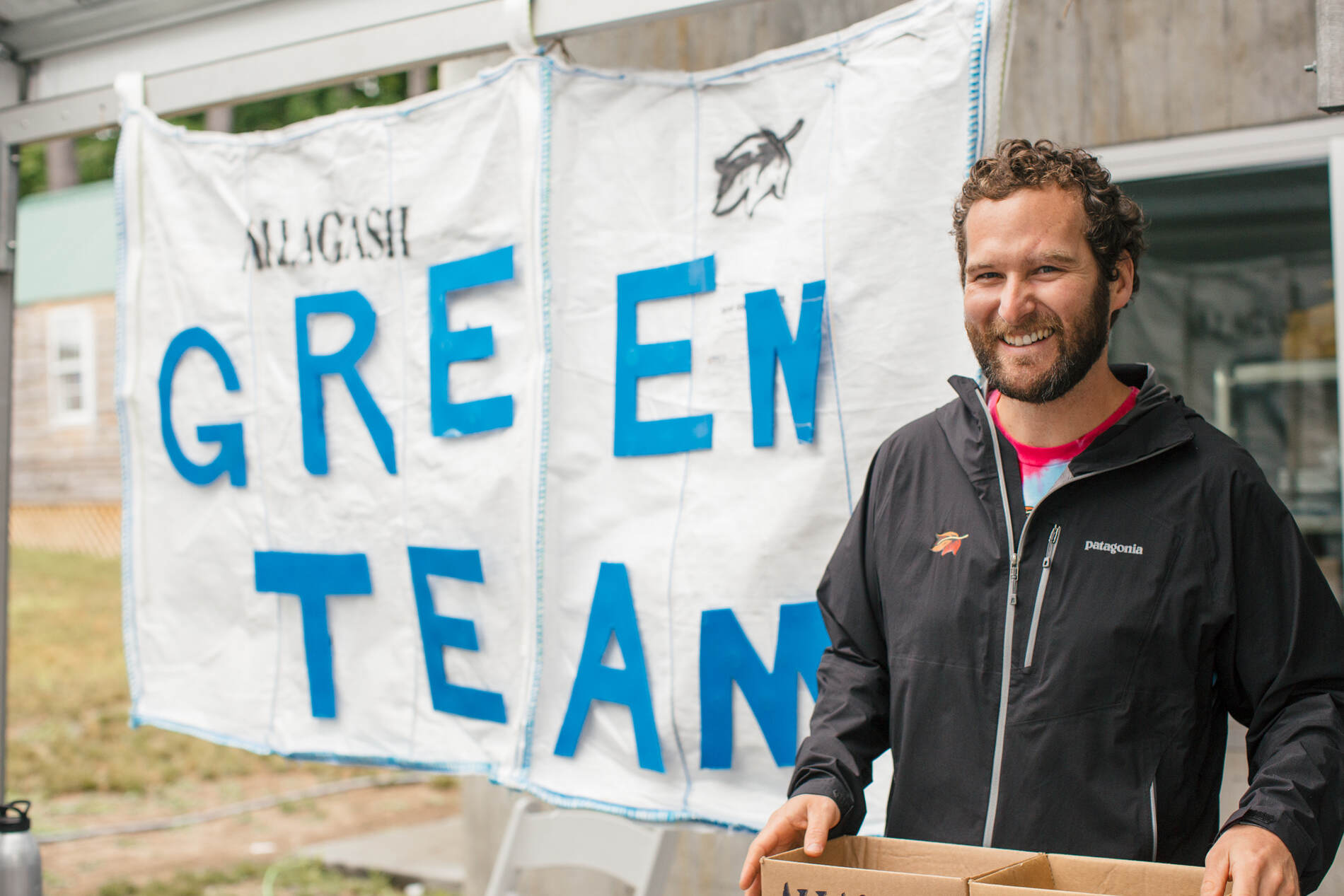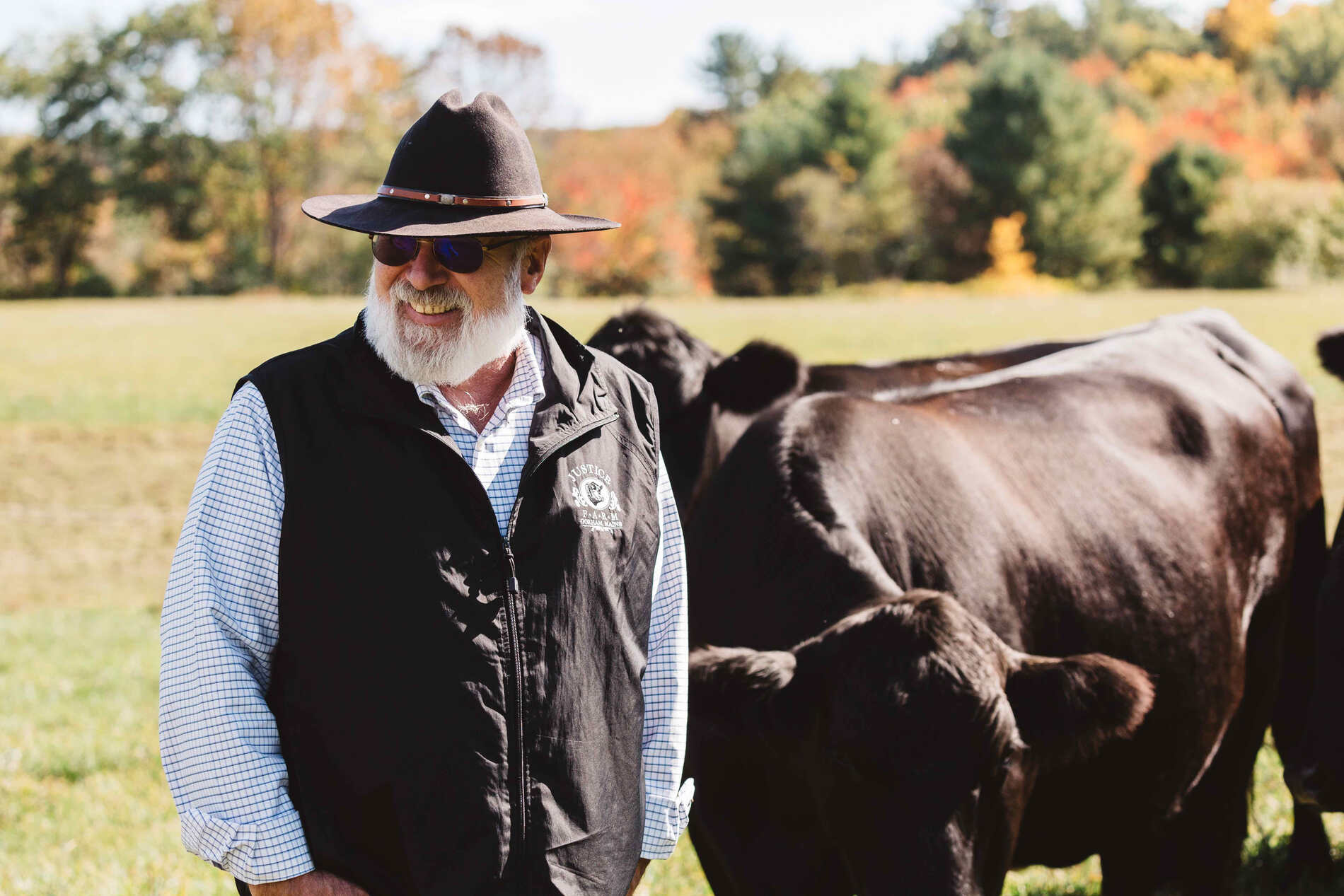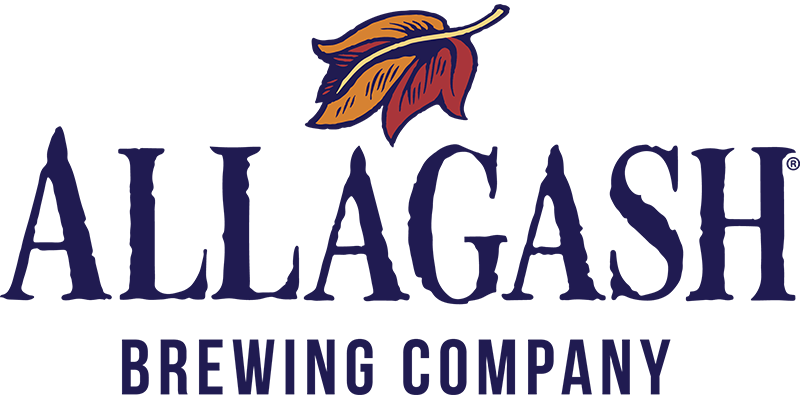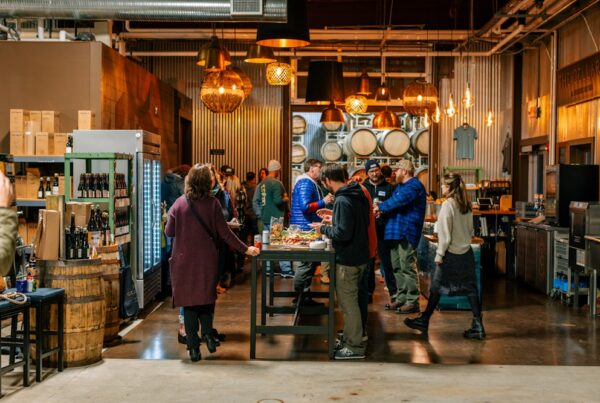If we’ve learned one thing about sustainability, it’s that many small choices add up to a large impact. Below, we’ve put together seven of the small(ish) decisions that we’ve made as we’ve grown as a brewery that have helped us to continue to brew more sustainably and efficiently—all in the hopes of helping other breweries implement more sustainable practices.
1: Track your numbers
Without knowing where you are, it’s very hard to figure out where you want to go. Any sustainability program must start with simply tracking what’s happening at your brewery. Tracking is the quickest and cheapest way to reduce waste and save money by understanding how you stack up to others in the industry. We’re talking about questions like: how much water do you use per month? How many pounds of trash do you throw away? How many shipments do you get each month? And many more.
The good news: the tracking tools are out there.
If you are a member of the Brewers Association, you have access to this benchmarking tool that can help you track your usage of water, Co2, gas, and more. Another active step you can take is to run a waste audit with your local recycling center to begin to track and quantify what sort of waste your brewery produces, and what you can do to properly dispose, recycle, or divert it from the waste stream entirely.

You better believe that sign is made up of 100% reused materials (used grain bag background and letters cut out from “blue plastic sheet” used to store bottles).
2: Create a Green Team
At our brewery, we have a group of sustainability-minded folks that meets regularly. Members of our Green Team come from across the brewery, from production to finance to marketing to engineering and more. By representing a cross-section of our brewery, we can not only tackle sustainability ideas wherever they crop up, but we can then act on them knowing that we have buy-in from all key stakeholders. Regular meetings also ensure that sustainability remains top of mind for the team’s members, and for the brewery as a whole.
3: Reduce beer loss
Every gallon of beer that goes down the drain doesn’t just represent all resources that went into making it, it’s also a gallon of beer that can’t be sold. The ways to reduce beer loss are many. At our brewery, we started by developing written SOPs (Standards of Procedure) for all processes. With those SOPs written down and formalized, we could then train all production staff to follow those procedures and revisit them often. Consistency leads to predictability, which helps us track and understand the impact of any change we make in our process. And on the topic of changes, we choose not to make drastic changes all at once, instead making small changes to reduce beer loss without compromising quality.
And when we do decide to make changes, we do our best to include our entire team in the discussion. We ask that all staff share ideas to reduce waste. This approach empowers everybody on our team and leads to support for change within—allowing us to sell more beer rather than lose it down the drain.

This is Sebago Lake, the water source for Allagash Brewing Company—a resource that we’re lucky to have.
4: Buy in bulk
This is another one of those uninteresting but important practices. For example, some of our cleaning chemicals are delivered by tanker into large tanks inside our brewery, rather than individual drums. This not only means fewer trips for our supplier to get those chemicals to us, but fewer drums to recycle (or, ideally, sidestream). We also have three bulk grain silos, one of which is dedicated to Maine-grown and -processed raw white wheat.
5: Hold more remote meetings
This is actually quite a bit less trivial than it sounds. Prior to the pandemic, our sales team would often travel to meet with our wholesalers, potential customers, and current clients. In 2020, all of those meetings became virtual. Not only did those virtual meetings free up our sales team to have more calls, and more time for existing relationships, but they also made it possible for people who wouldn’t have been able to join—like Rob, our Founder, or Jason, our Brewmaster—to drop in, making the meetings more impactful. Of course, nothing will ever replace a face-to-face get-together with co-workers or customers. But if, instead of having four in-person meetings, you have one in-person meeting and three remote meetings, that’s just the sort of impact on carbon emissions that adds up.
6: Prioritize high-efficiency equipment
The technology that is going to help brewing become a more sustainable industry exists, and it can start saving you money right now. High-efficiency boilers, motion-sensing LED lighting, an efficient heat exchanger in your brewing system, higher-efficiency brewing vessels, and strategic automation, all of these investments make for a much more sustainable brewing process in the long run. These sorts of upgrades to your facility, we understand, are not all technically “small,” but because they encompasses practically any piece of equipment your brewery purchases, putting a priority on high-efficiency equipment goes a long way. A perfect starting point when thinking about efficient equipment is using variable frequency drives (VFDs). Switching our clean-in-place (CIP) pumps to VFD-driven motors has improved the control of cleaning processes, allowed for longer lasting equipment, and saved us energy.

Norm, of Justice Farms, and a few of the cows who enjoy the spent grain from Allagash.
7: Sidestream your waste
Sidestreaming is all about finding people who can make use of the things that you would otherwise throw away. While it can take a bit of time to pull off, sidestreaming your waste can actually help to create new streams of revenue for your brewery. For example, we produce 60-70 tons (140,000 lbs) of spent grain from brewing every single week. To put it to good use, we actually sell the grain (at a steep discount) to Justice Farms. Year-round, they take a load from our spent grain silo a few times per week, and truck the grain up to cow farms in their area of Gorham, Maine.
Take a look at virtually any waste product your brewery creates, chances are that it can go to a better place than the landfill. For example: we’ve donated large and small grain bags to various causes, from veterans groups to colleges to tailors. We donated used 5-gallon sugar jugs to maple farmers. We donated the blue plastic sheets used to separate stacks of bottles to a variety of places to be used for low-cost signage. If you get creative, sidestreaming is a perfect way to put your waste to good use and a great way to engage with the community.
8: (Bonus point) Divert your waste to the right place
Because this felt close to sidestreaming, but not exactly the same, we wanted to provide a separate bullet. The crux of diverting your waste properly is basically ensuring that your waste goes to the right place, not into the landfill. To do this, your first step is talking to your local recycling companies, and potentially even taking a tour of their facilities. Through the process of investigating how recycling was managed in our area, we discovered our unusable glass bottles were essentially getting chucked into the landfill, rather than being recycled. Thus, we started isolating those bottles from our general “recycling” and were able to ensure that in 2019, 30 tons of our glass got recycled rather than simply being thrown away.
We hope these tips help to demystify what “sustainability” even means for a brewery, and how your brewery can continue to brew more sustainably. Of course, if you’re a brewer, we’re always open to helping answer any more specific questions you may have. Just shoot us an email at greenteam@allagash.com.







